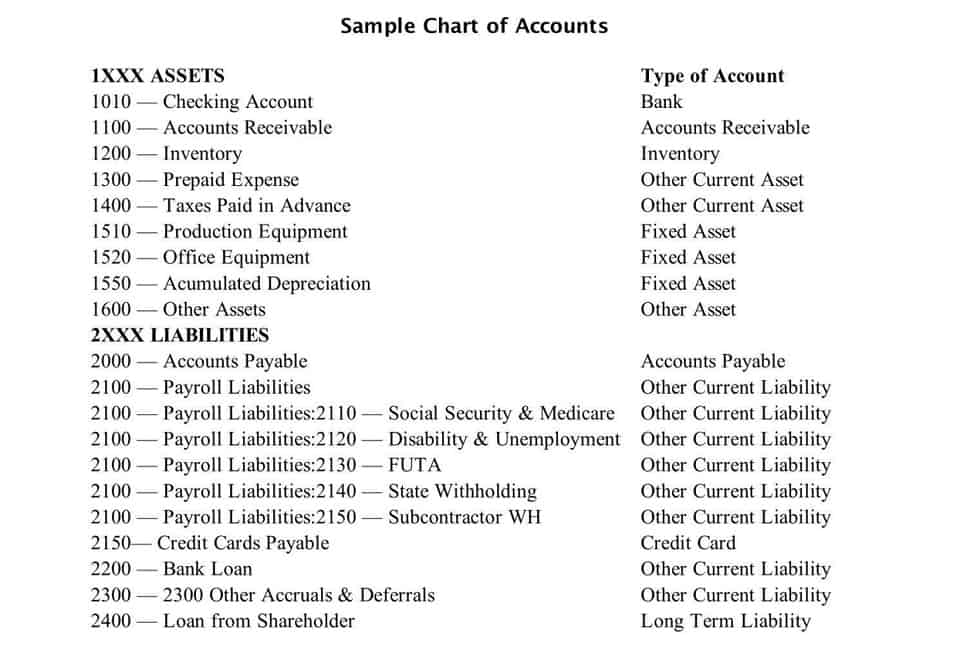
If you have a profit, debit Income Summary, and credit Equity/Retained Earnings. Businesses often use professional bookkeeping services to ensure they are on track financially, are tax-season ready, and are able to continue to grow and thrive. Get started here if you want to speak to a professional about your business cash flow. Even if you ask your accountant to close your books for you, it’s important to understand the basic steps involved so you know what to expect. Your accountant often does these steps or uses professional accounting software to reduce errors.
Closing the Books Bookkeeping Basics

The efficiency of this process depends on the complexity of financial transactions and the integration of accounting systems. Automated bookkeeping software, such as QuickBooks or NetSuite, helps streamline recurring closing tasks, reducing errors and accelerating reporting. This records the transfer of temporary account balances to permanent accounts. Expenses incurred but not yet paid impact financial reporting, making accrued liabilities a key factor in book closing. These obligations arise from services received or expenses incurred before the period ends, even if cash payment occurs later.
Account
Finance teams must consider tax implications, audits, and due diligence requests. A developed bookkeeping process can help keep financial information available for compliance reasons and closing the books at the end of the financial period. This step logs these balances into permanent balance sheet records, formally adding the balances to the official financial data of the closing process is sometimes referred to as closing the books. the company. If you pay out dividends at the end of the year, take the net income or net loss on the statement of retained earnings and subtract any dividends. To close the dividends account, you want to credit for the total amount of dividends to bring the balance to zero, and debit retained earnings for the total of the dividends. Sum up the preliminary ending balances from the last step to make a trial balance.
AI financial reporting automation strategies

To get the most out of your accounting process, confront common challenges before closing. Be on the lookout for dirty data, deadline pressures, overly complex processes, the difficulties of managing https://www.bookstime.com/articles/payroll-taxes multiple accounts, and the need for compliance. For many companies, the narrow window at month’s end for book closing can escalate deadline pressure.
- The post closing trial balance reveals the balance of accounts after the closing process, and consists of balance sheet accounts only.
- But there are other accounts, like the revenue and expense accounts, that we want to track only for one year.
- After recording all closing entries, companies prepare the post-closing trial balance.
- At the end of each year, the revenue and expense account balances are transferred to the income summary account.
- Consider the step-by-step requirements of closing the books and how you can tweak these for a reconciliation process that better serves your startup’s needs.
- This process typically comes after the month ends, when the finance team reconciles accounts.
The process ensures the only accounts with balances are assets, liabilities, and equity – all temporary accounts should have a zero balance. Closing the books is a fundamental accounting process that ensures financial records are accurate and up to date. It finalizes transactions for a given period, preventing changes to past data and preparing reports for analysis or regulatory compliance. Without proper book closing, businesses risk errors in financial statements and potential tax issues. You may have heard the term “closing the books” or “month-end close.” This is the final step of the accounting cycle. If the total debits and credits in your trial balance are the same, you’re ready to produce a balance sheet and income statement (also known as a “profit and loss report” or “P&L”).

This is a listing of all the accounts with balances that will carry forward to the next accounting period. Since the income statement accounts don’t have balances anymore, you can think of this as the opening balance sheet for the next accounting period. After recording all closing entries, companies prepare the post-closing trial balance. This is a final listing of all the accounts and their balances after the closing entries are made, and it is essential for verifying that the ledger is in balance before starting a new accounting period.

- But with the help of computer software, you may be able to prepare your own financial statements.
- A developed bookkeeping process can help keep financial information available for compliance reasons and closing the books at the end of the financial period.
- Reconciliation processes relying on multiple platforms or transferring hard copy data to digital platforms can slow the closing of books.
- Sending out customer statements, paying your suppliers, reconciling your bank statement, and submitting sales tax reports to the state are probably some of the tasks you need to do every month.
- The IRS allows certain accrual-based deductions only if economic performance has occurred, meaning an expense must be incurred rather than just anticipated.
Similarly, keeping track of log-in information for each program can make reconciling the books take longer than necessary. Set yourself up for the next period’s closing by anticipating any assets = liabilities + equity of the issues you came across during this closing.
When multiple platforms are at play, complicated import and export processes to combine data may hang up any progress. These reports will provide the most up-to-date transactions and details of your startup’s financial health. Shaun Conrad is a Certified Public Accountant and CPA exam expert with a passion for teaching. After almost a decade of experience in public accounting, he created MyAccountingCourse.com to help people learn accounting & finance, pass the CPA exam, and start their career. Decision-makers should use the year-end close to examine the alignment between their spending practices and their strategic goals, ensuring they enter the new fiscal year in a strong financial position. Less pressure on your finance team at the end of the month translates to more bandwidth for their other tasks and special projects.
